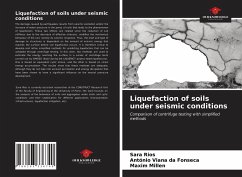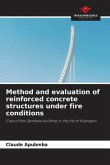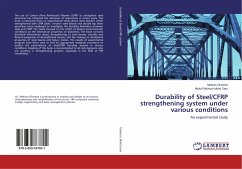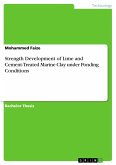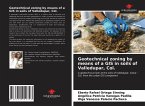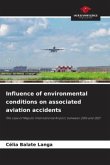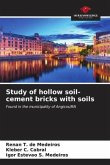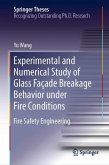The damage caused by earthquakes results from seismic excitation and/or the increase of water pressure in the pores of soils that leads to the phenomenon of liquefaction. These two effects are related since the reduction of soil stiffness due to the decrease of effective stresses, modifies the mechanical behaviour of the soil, namely its seismic response. Thus, the level and type of damage to structures is dependent on the amount of seismic energy that reaches the surface before soil liquefaction occurs. It is therefore critical to develop and refine simplified methods for predicting liquefaction that can be validated through centrifuge testing. In this work, two methods are used to estimate the energy reaching the surface in a series of centrifuge tests carried out by ISMGEO (Italy) during the LIQUEFACT project (www.liquefact.eu). One is based on equivalent cyclic stress, and the other is based on strain energy accumulation. The results show that these methods are adequate, although they do not take into account percolation and energy dissipation that have been shown to have a significant influence on the neutral pressure development.
Hinweis: Dieser Artikel kann nur an eine deutsche Lieferadresse ausgeliefert werden.
Hinweis: Dieser Artikel kann nur an eine deutsche Lieferadresse ausgeliefert werden.

